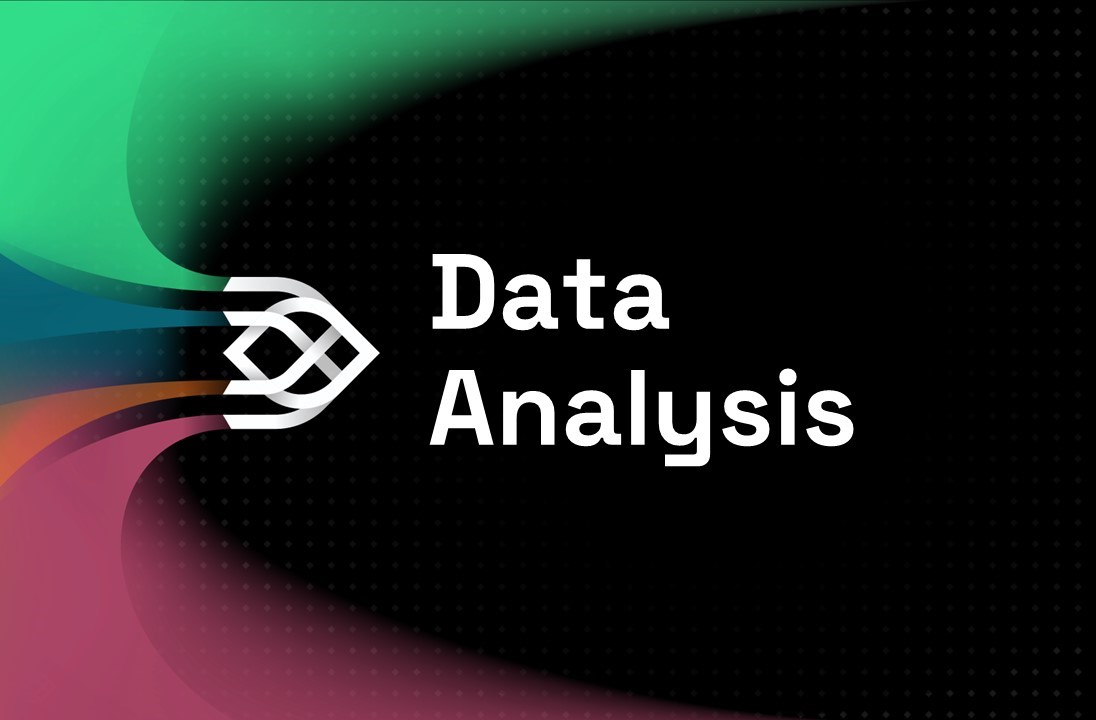Pressure is building to raise productivity and reduce costs in mortgage manufacturing, but IT leaders need to be convinced that automation solutions are worthy of the name.
Workers at the Mirafiori car factory in Turin, Italy entered their canteen one lunchtime to discover that a robotic arm had taken charge of filling their water glasses. Robots were a familiar feature on the Fiat 500e production line, but usually they were kept safely apart from their human colleagues. Instead, this collaborative robot or “cobot” was working as part of the canteen team.
The real purpose was not to quench workers’ thirsts, but to give them an informal opportunity to experience the machine’s collaborative nature and safe operation. Technicians from Universal Robotics and Stellantis, the owner of Fiat, understood that people must trust technology if it is to become integral to their work and achieve its productivity goals. This cobot was their vanguard for change. Soon, more of these arms would be joining the workers on the factory floor.
Keeping promises
Mortgage manufacturing is not physical like car production, but lending industry IT professionals also need to ensure that automation systems – the cobots of lending – can be trusted by those who use or rely on them. As the technical experts in the business, IT leaders must be satisfied that automation innovations will be (a) genuinely capable of delivering on their promises, and (b) will not compromise safety or security during routine operations.
Carmakers have been successful in getting humans and machines to work in harmony; the mortgage industry has had mixed results. Part of the reason is that, unlike a car built from standardized components, mortgages are manufactured using data extracted from borrowers’ documents. Some of these documents are standardized, most are not.
Official documents, like W2 earning and tax statements or identification documents, have consistent designs which make it easier for machines know where to look for the relevant data. Other documents – bank statements, paystubs, property appraisals – vary considerably. Add the human factor, from poor handwriting to blurred scans, and machines begin to struggle.
Too often, the reality of “automation” involves employees manually checking and rechecking documents – the “stare and compare” process that we all have come to loathe. Operations leaders know that docs-to-data errors store up risk and other complications for the future – manual reviews are time-consuming and costly, but they are a necessary mitigation. Of course, when robots keep calling for human help, it is unlikely that productivity and efficiency gains will be realized.
An intelligent approach
A much-vaunted solution to the docs-to-data problem is artificial intelligence (AI). Intelligent optical character recognition (iOCR), a form of AI, does an impressive job of reading documents. However, in lending this is only half the task. There are hundreds of pages in a typical mortgage application. Trained lending professionals take many hours to accurately categorize the pages by document type, before zeroing in to extract the correct data.
Any AI automation system worthy of the name needs to emulate the ability of trained professionals to connect the data requirements of a mortgage with information spread across many pages of documents. The loan manufacturing team learns to recognize what is important and what can be ignored. Inconsistencies leap out, missing information is conspicuous by its absence.
If the AI in mortgage automation is limited to iOCR, such a nuanced appreciation of the data is impossible. Partial automation adds some value, conducting limited tasks more speedily than human agents, but it is probable that error rates will continue to be too high for Operations teams to trust the system entirely.
Instead, lenders need lending specific, task-focused automation that looks not only for individual pieces of data but understands what’s needed to manufacture a loan – comprehensively and contextually.
Comprehensive and contextual
This is the approach taken by TRUE. Our platform provides contextual AI, trained in the lifecycle and language of loans, which enables it to emulate the breadth of abilities of a trained professional but with the speed of a computer.
Like other docs-to-data systems, the TRUE platform uses iOCR. However, this is just the first in a suite AI engines and machine learning models that work in combination. The second is the mortgage Document Classification Engine, which identifies where documents begin and end, surfaces latest versions, and rapidly organizes everything according to lenders’ rules and taxonomies. Third is the Data Extraction Engine, which captures every data point with exceptional accuracy, cross-comparing documents to increase confidence, even when working from skewed, low-contrast, and unclear documents.
Fourth is our Analysis Engine. This intelligently powers lending decisions, but without the risk that often accompanies speed. It analyzes every data point in every document, uncovering inconsistencies and to guide the correct next steps to close each loan. It provides comprehensive, verified, and actionable lending data that gives a full picture of each borrower.
In effect, the TRUE platform behaves like a skilled lending professional, reviewing documents contextually and drawing a thread through all the data to ensure there is complete picture. This can only be achieved by an Intelligent Lending Technology such a TRUE, and by taking this task-focused approach, TRUE products achieve levels of accuracy that give Operations leaders the confidence to take humans out of the loop.
Assured security
Keeping promises is one concern, but IT leaders are equally attentive to data security. Mortgage applications hold extremely sensitive personal and financial information. Security breaches put lenders at risk of large fines and reputational damage.
The TRUE platform is lightweight enough to be installed fully within a lenders own IT system, ensuring it is subject to the same security protocols. A borrower’s data and documents never exit the lenders environment, which contrasts with the data transfers between businesses and even between countries that are a consequence of outsourcing and offshoring.
Put TRUE to the Test
It can take time trust bold claims about AI, especially when some vendors overstate their capabilities. Like the robot arm in the canteen, TRUE products need to be seen to be believed. Uniquely among docs-to-data and data verification technology providers, TRUE offers a test feature on its website. IT leaders can try out the AI for themselves, before embarking on a more thorough proof-of-concept.




